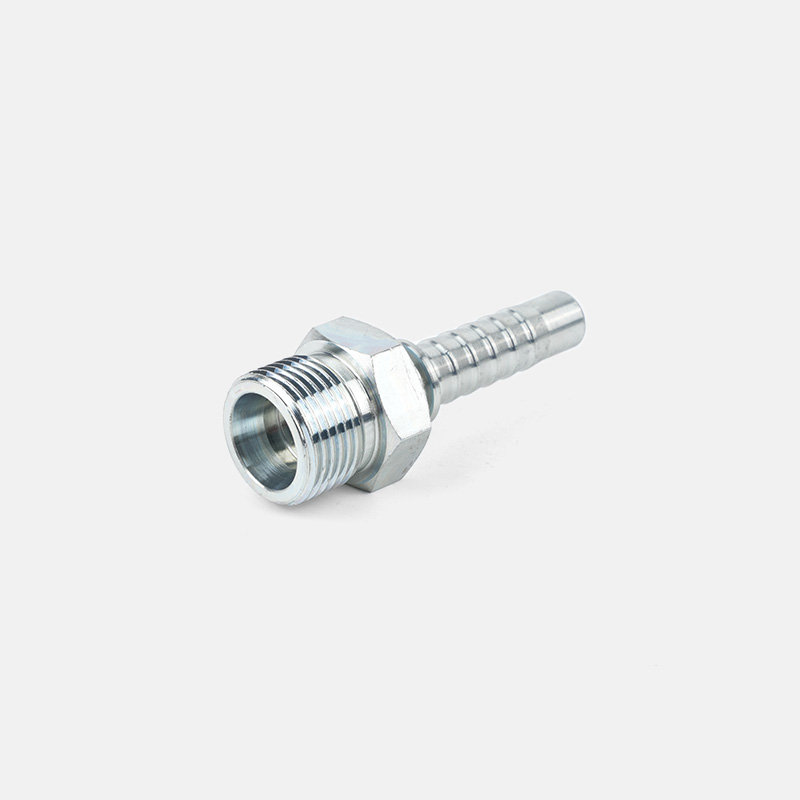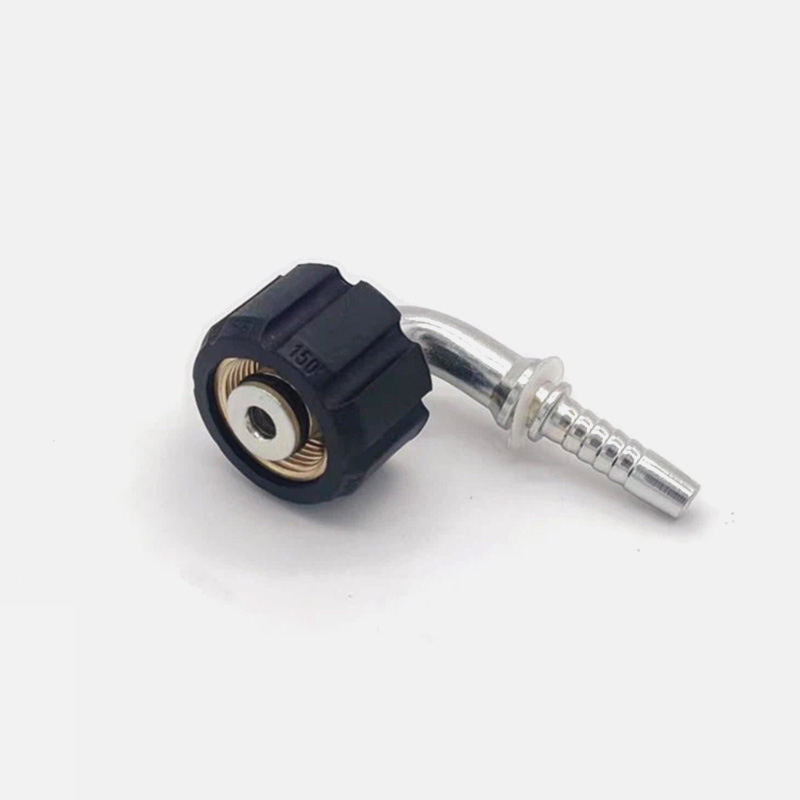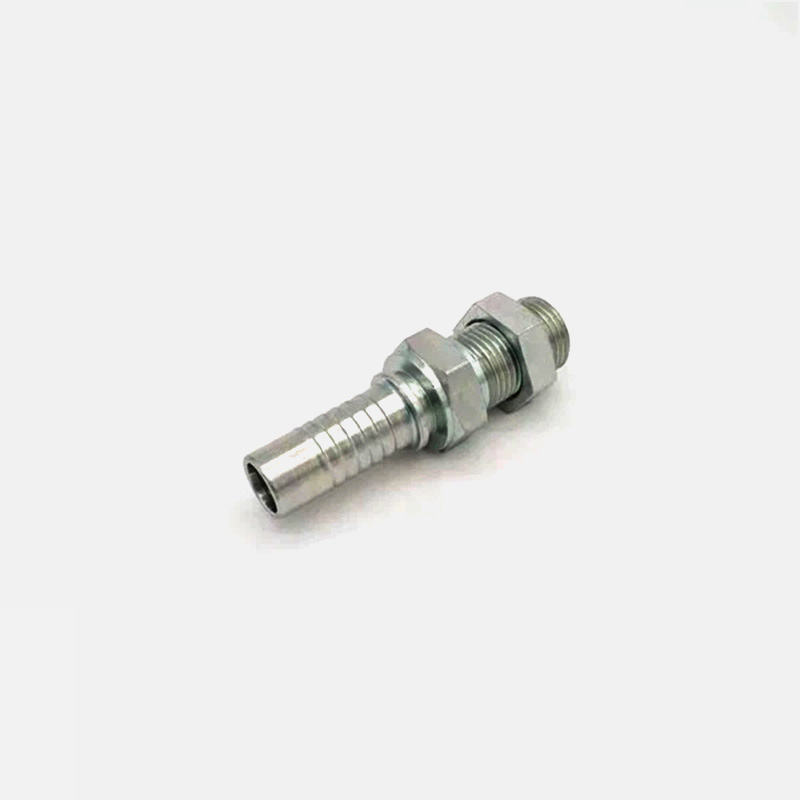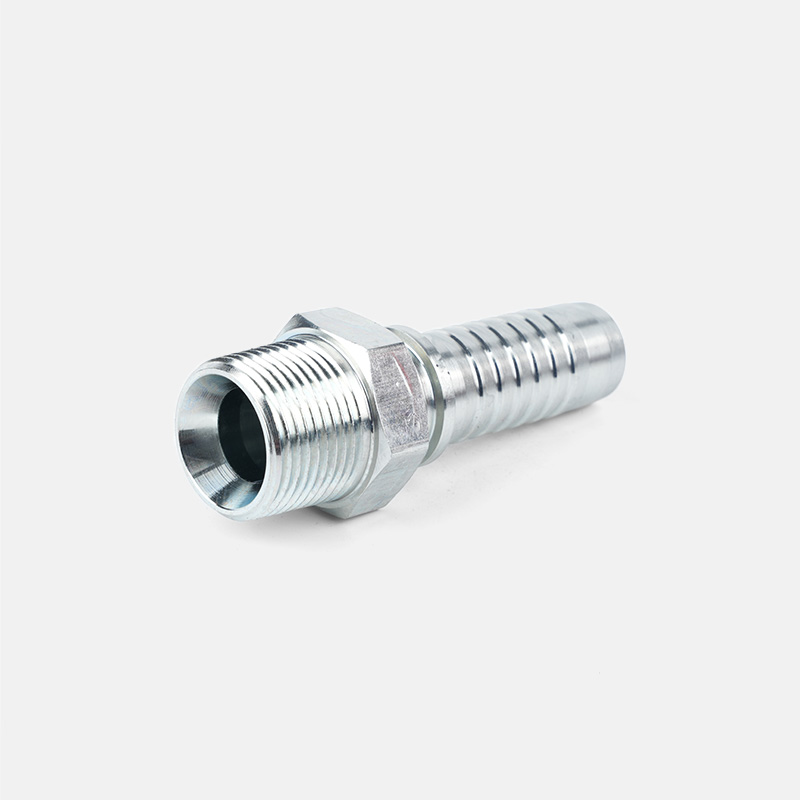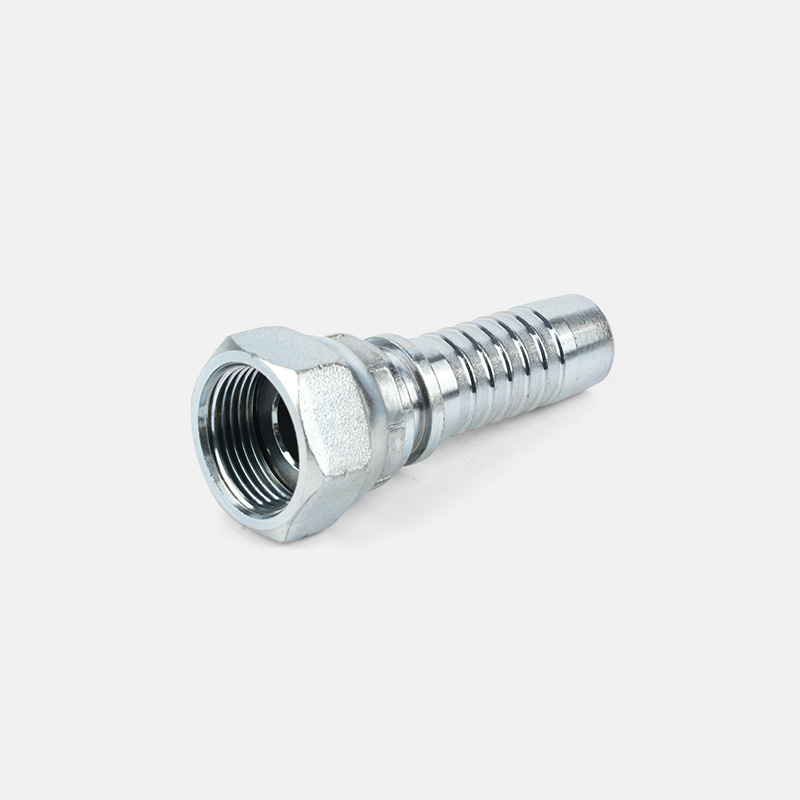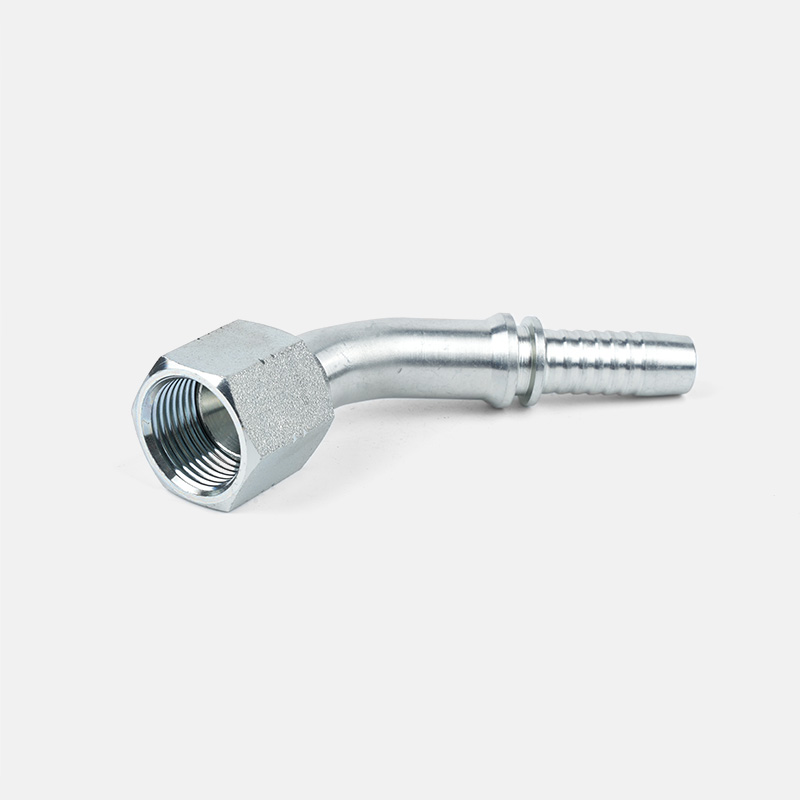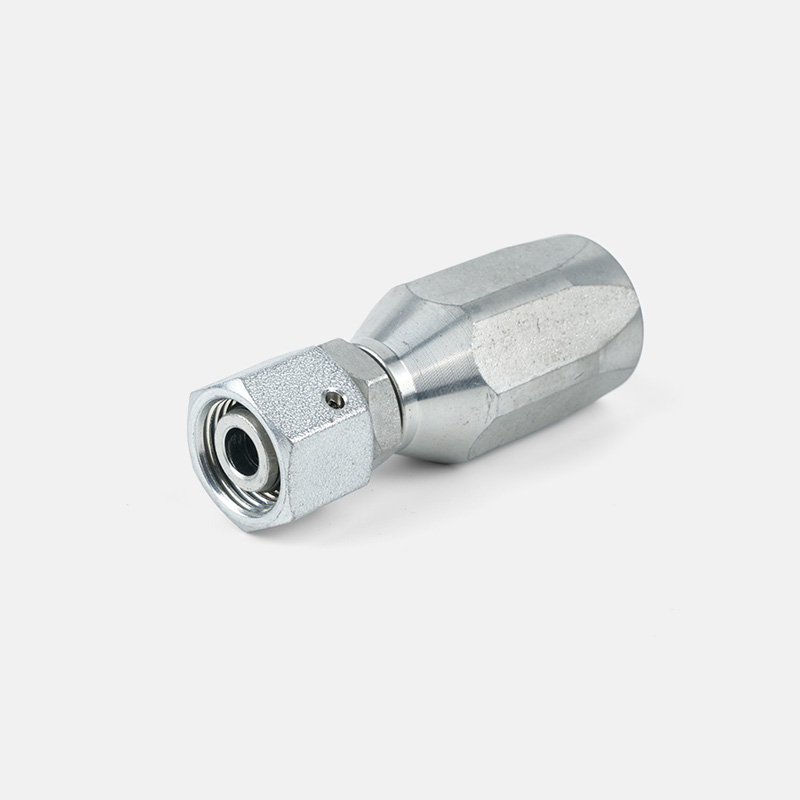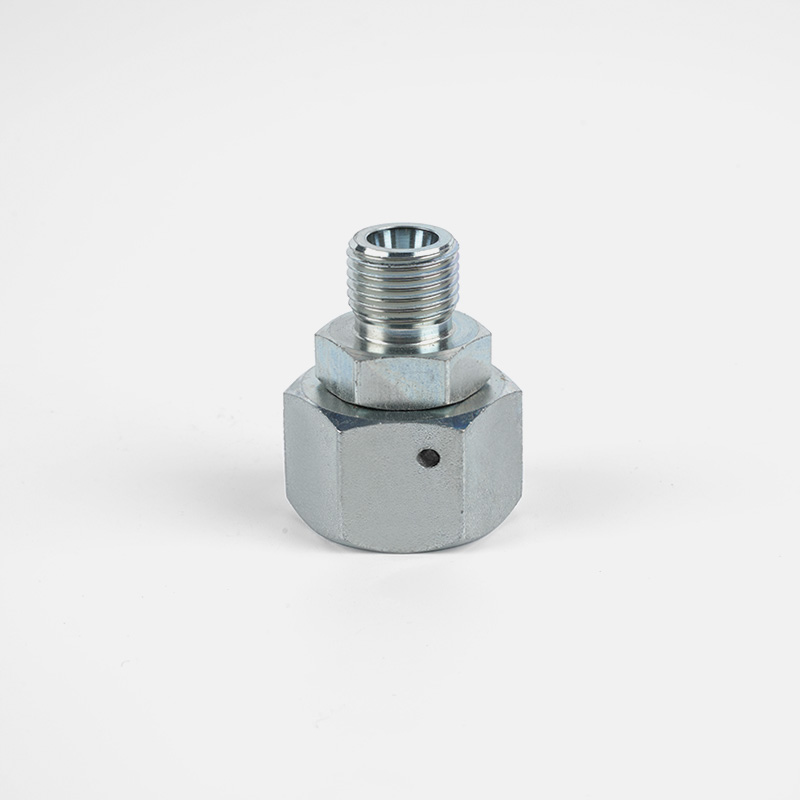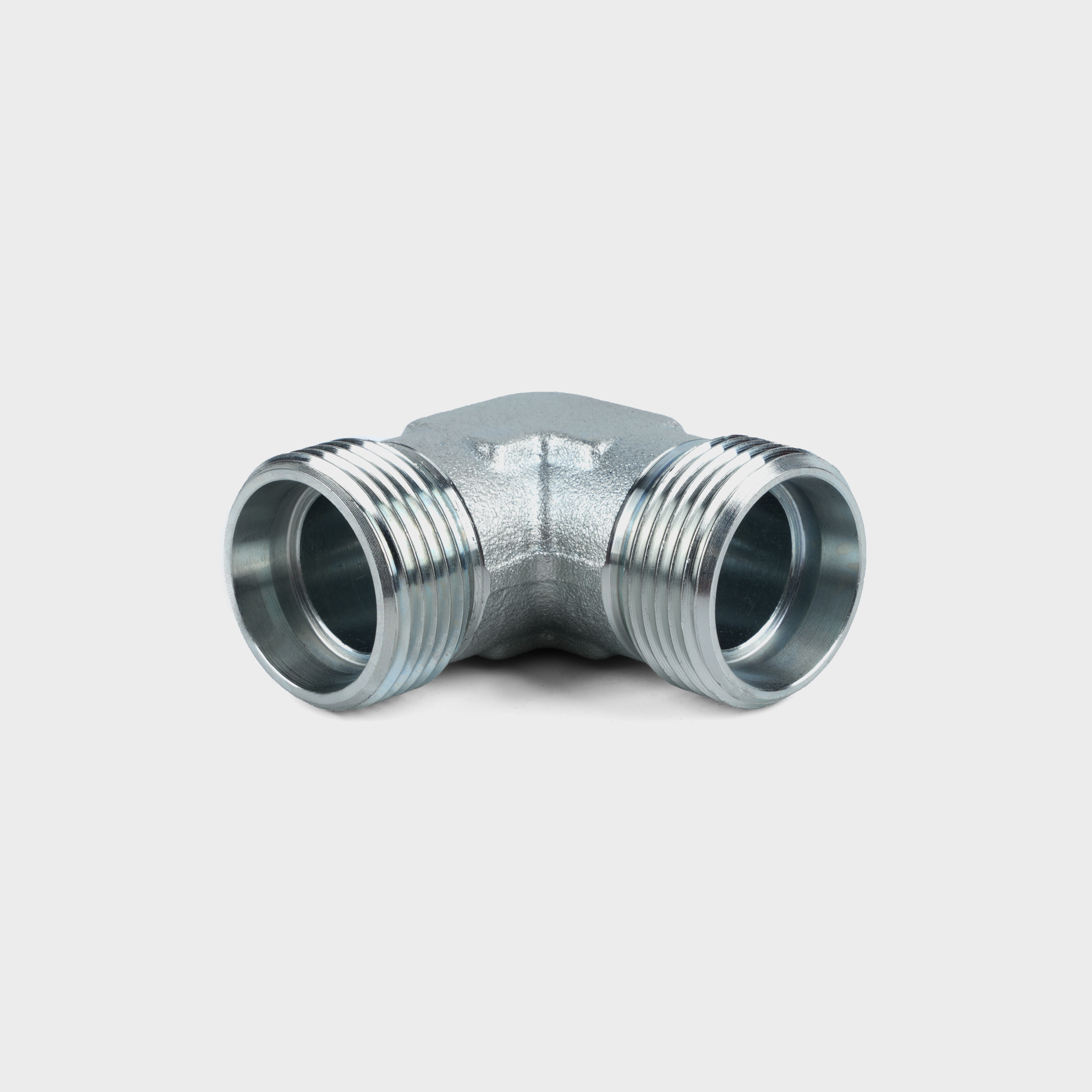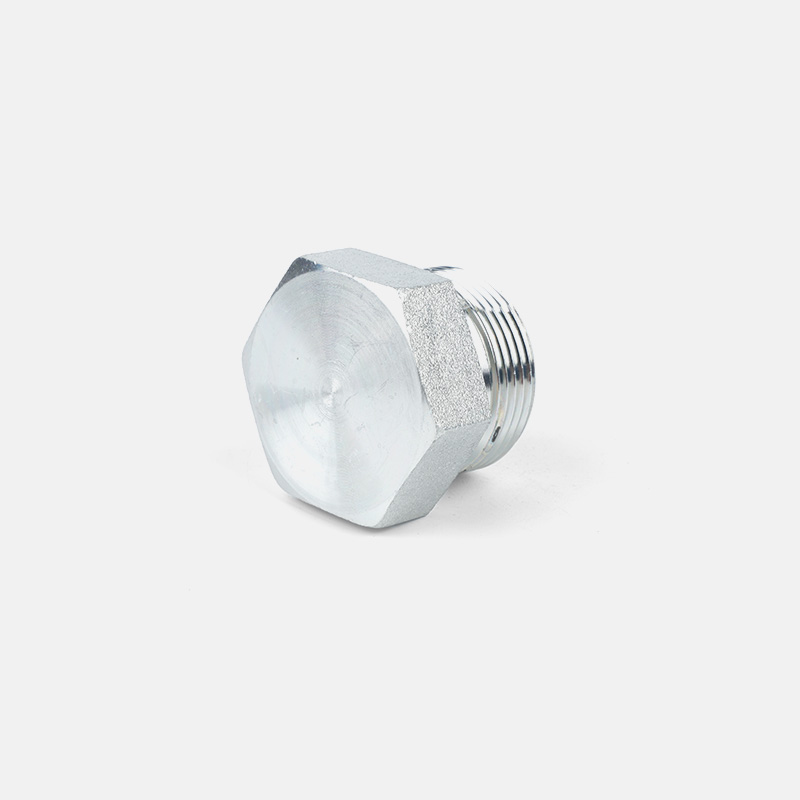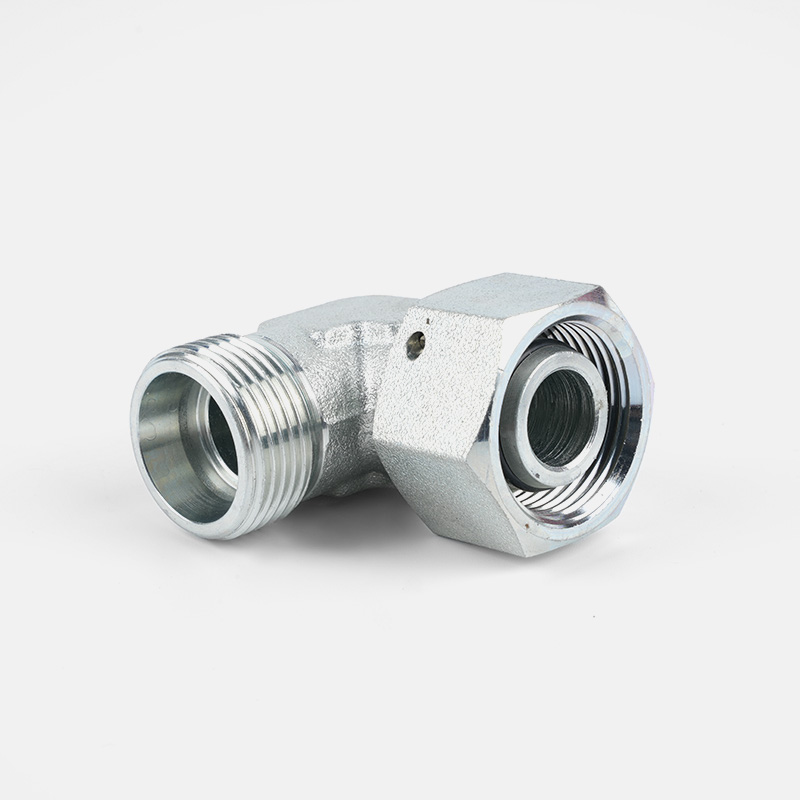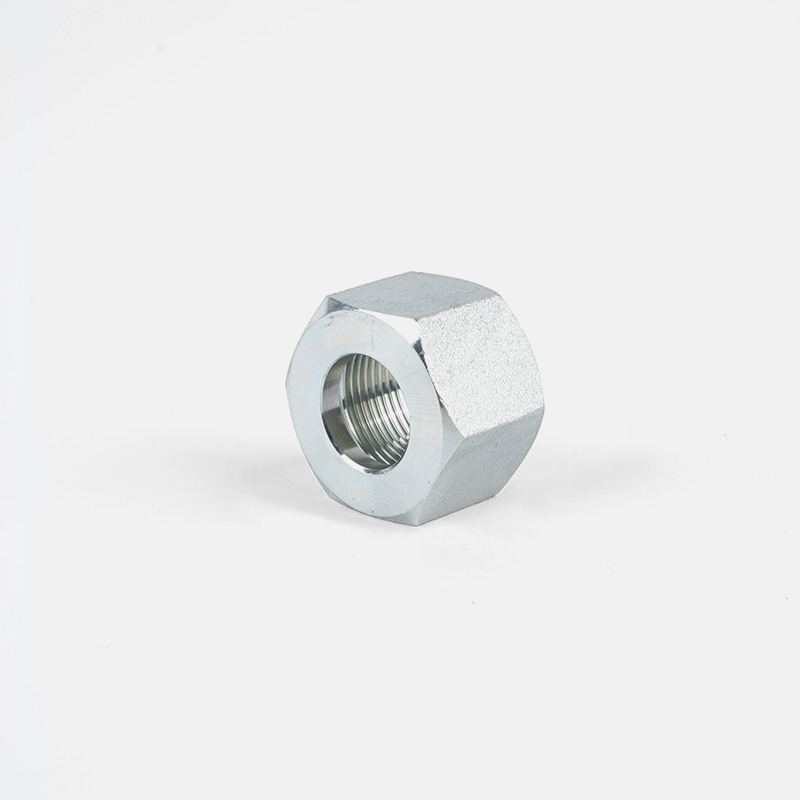Language
ENGUltimate Guide to Hydraulic Hose Connectors: Types, Uses, and Benefits
 2025.06.16
2025.06.16
 industy news
industy news
Hydraulic hose connectors are essential components in any hydraulic system. They serve as the bridge connecting hydraulic hoses to pumps, valves, cylinders, and other machinery components, ensuring a secure, leak-free, and pressure-resistant link. Whether you operate in construction, agriculture, manufacturing, or automotive sectors, understanding the types, uses, and benefits of hydraulic hose connectors is crucial to maintaining system efficiency and safety.
1. What Are Hydraulic Hose Connectors?
Hydraulic hose connectors, also known as hydraulic fittings, are mechanical components designed to join hydraulic hoses to various system parts such as pumps, valves, cylinders, and pipes. They are manufactured to withstand high fluid pressures and harsh operating environments. The primary function of these connectors is to create a tight seal, preventing leaks that could compromise hydraulic system performance or cause hazardous fluid spills.
High-quality hydraulic hose connectors are typically made from durable materials like steel, stainless steel, or brass to resist corrosion and wear. Choosing the correct connector type ensures the hydraulic system operates smoothly, safely, and with minimal downtime.
2. Types of Hydraulic Hose Connectors
Hydraulic hose connectors come in various designs and specifications tailored to different applications and system requirements. Understanding these types can help you select the right connector for your hydraulic setup:
Threaded Connectors:
Threaded connectors are one of the most common types. They use male and female threads to join hoses and equipment securely. Popular thread standards include NPT (National Pipe Thread), BSP (British Standard Pipe), and JIC (Joint Industry Council). Threaded connectors provide a strong, reliable seal and are widely used in many hydraulic applications.
Flanged Connectors:
Flanged connectors are designed for heavy-duty use, especially in large hydraulic systems. These connectors use bolted flanges to create a robust, leak-proof joint, ideal for applications involving very high pressure or large diameter hoses.
Quick-Disconnect Couplings:
Quick couplings allow for rapid connection and disconnection of hydraulic lines without the need for tools. They are perfect for systems that require frequent maintenance or hose changes, improving efficiency and reducing downtime.
Compression Fittings:
These fittings use compression mechanisms to create a tight seal between the hose and connector. They are suitable for compact installations where space is limited but a reliable seal is necessary.
Push-to-Connect Fittings:
Push-to-connect fittings offer a tool-free assembly method by simply pushing the hose into the connector. This type is becoming popular in low to medium pressure applications due to its convenience and speed.
3. Uses and Applications
Hydraulic hose connectors play a vital role in diverse industries, ensuring fluid power systems operate efficiently:
Construction Machinery: Excavators, bulldozers, and loaders rely on hydraulic connectors to power movements like lifting, digging, and steering.
Agricultural Equipment: Tractors and harvesters use hydraulic systems for plowing, planting, and harvesting functions, requiring reliable connectors to avoid breakdowns in the field.
Industrial Machinery: Hydraulic presses, conveyors, and injection molding machines utilize hydraulic hose connectors for fluid transfer, force generation, and system control.
Automotive Hydraulic Systems: Brake lines, power steering systems, and hydraulic lifts depend on leak-proof hydraulic hose connectors to maintain safety and performance.
Proper selection and maintenance of hydraulic hose connectors in these applications ensure minimal fluid leakage, increased equipment lifespan, and reduced operational costs.
4. Benefits of Using Quality Hydraulic Hose Connectors
Choosing premium hydraulic hose connectors delivers several critical benefits that enhance the performance and longevity of hydraulic systems:
Leak Prevention:
High-quality connectors form secure seals that prevent hydraulic fluid leaks, reducing the risk of system contamination and environmental hazards.
Pressure Handling:
Designed to endure high-pressure environments, durable hydraulic hose connectors maintain system integrity even under intense operational demands.
Ease of Maintenance:
Quick-disconnect and push-to-connect fittings simplify hose replacement and system repairs, significantly reducing machine downtime.
Durability and Corrosion Resistance:
Materials like stainless steel and brass resist corrosion, abrasion, and wear, ensuring connectors last longer even in harsh conditions such as outdoor or chemical-exposed environments.
Cost Efficiency:
Reliable connectors decrease the need for frequent replacements or emergency repairs, saving both time and money over the equipment lifecycle.
5. How to Choose the Right Hydraulic Hose Connector
Selecting the ideal hydraulic hose connector involves several important factors:
System Pressure: Ensure the connector’s pressure rating matches or exceeds your system’s maximum operating pressure to avoid failures.
Hose Size and Compatibility: Match connector sizes with the hose inner and outer diameters for a secure fit.
Material Considerations: Choose connector materials based on environmental exposure—steel for high strength, stainless steel for corrosion resistance, brass for moderate pressure and corrosion resistance.
Application Requirements: Consider the connector type (threaded, flanged, quick-disconnect) based on the frequency of maintenance and system complexity.
Temperature Range: Verify the connector can handle the temperature extremes in your hydraulic system to maintain seal integrity.


